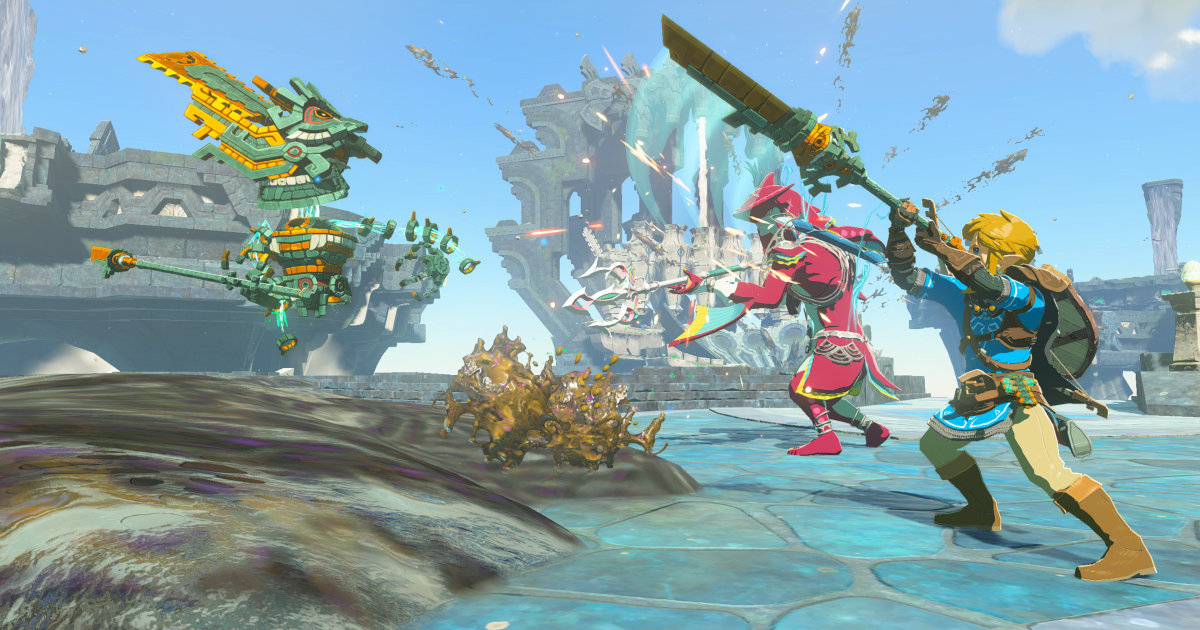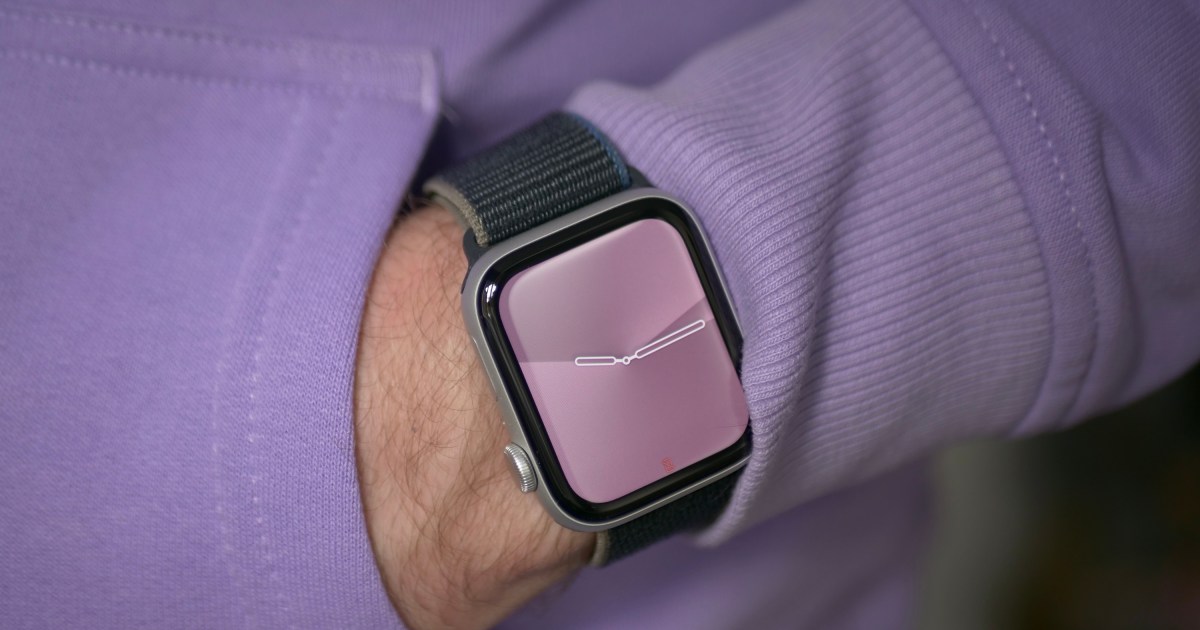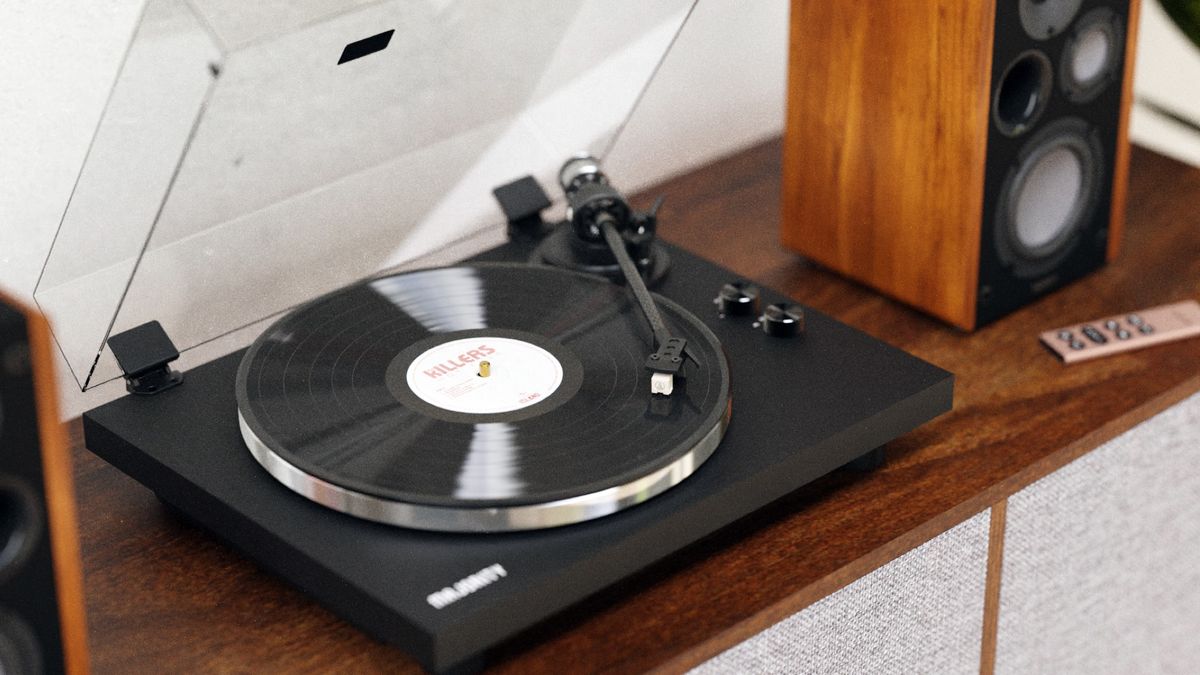
There's nothing wrong with a thong made out of a keyboard.
These artists are giving eternal life to the technology and internet culture of the 2000s through fashion.
In December 2024, actress and fashion icon Julia Fox was seen on the streets wearing a belt that included a flip phone, cables on her nails, and an old Discman repurposed as a handheld mirror hanging from her wrist. While she wasn’t the one to start the retro-tech fashion trend—many celebrities and internet fashion enthusiasts had already been using iPod Shuffle Minis as hair clips and wired headphones as necklaces—she did cause a stir on social media by showcasing a collaboration inspired by the 2000s between Franco-Canadian artist Gab Bois and the refurbished electronics market Back Market. Through her Instagram, Fox also highlighted the Right to Repair movement. This fashion reflects a nostalgia for the early days of the digital era, both in its aesthetics and its philosophy.
Gab Bois had previously created luxury jewelry using SIM cards, a bag designed to look like a camcorder, and a makeup palette inspired by a Nintendo DS Lite. “Technology was bulkier, slower, but also more tactile and charming,” Bois mentions, perceiving that back then, there was an optimism that made everything feel like a glimpse into the future. Younger generations, including millennials and Generation Z, seem to long for those simpler times. Digital cameras from the mid-2000s have culturally resurfaced, and it seems fitting that classic devices that can no longer be used for their original purpose are being transformed into garments and accessories. On Etsy, numerous sellers “subvert functionality for aesthetic reasons,” selling Tamagotchi necklaces, turning circuit boards and microchips into earrings, or knitting old floppy disks into bags.
Although working with old hardware isn’t always straightforward, designer Nicole McLaughlin, based in New York, believes that fashion is a medium that lends itself to repurposing obsolete technology. Avant-garde fashion focuses on breaking boundaries and redefining what is considered “used.” She questions: why not transform a headphone into a bra? or create a thong from an old keyboard? “It’s fun. It’s light,” McLaughlin expresses about her work, highlighting that her audience isn’t looking to take everything too seriously. Her creations, which are unique pieces of conceptual art, serve more as a commentary on the perception of waste and sustainable design rather than focusing on their practical use.
Designer Myra Magdalen shares this vision. While finding old keyboards, remote controls, flip phones, and other items in thrift stores, she is drawn to the idea that these discarded objects still hold creative potential and don’t have to end up in a landfill. “Older technology just has more personality,” says Magdalen, known for her maximalist outfits. Unlike the sleeker and polished designs of today’s devices, those of yesteryear featured large buttons and small screens.
Jake Olshan, founder of the streetwear brand Drought in Los Angeles, creates designs that evoke nostalgic moments from his childhood, recalling elements that were also key memories for others in his generation. Instead of using physical relics from the 2000s in his garments and accessories, he pays homage to that era with Limewire-shaped necklaces, a Napster bag (made in official collaboration with the company), and a large iPod Nano-shaped mirror. “The foundation of the brand is about holding onto that part of oneself,” says Olshan, referring to the transition many face in their age into adulthood. Retro-tech fashion, while not transporting you through time, attempts to capture the essence of an era before technology and the internet became serious business.



